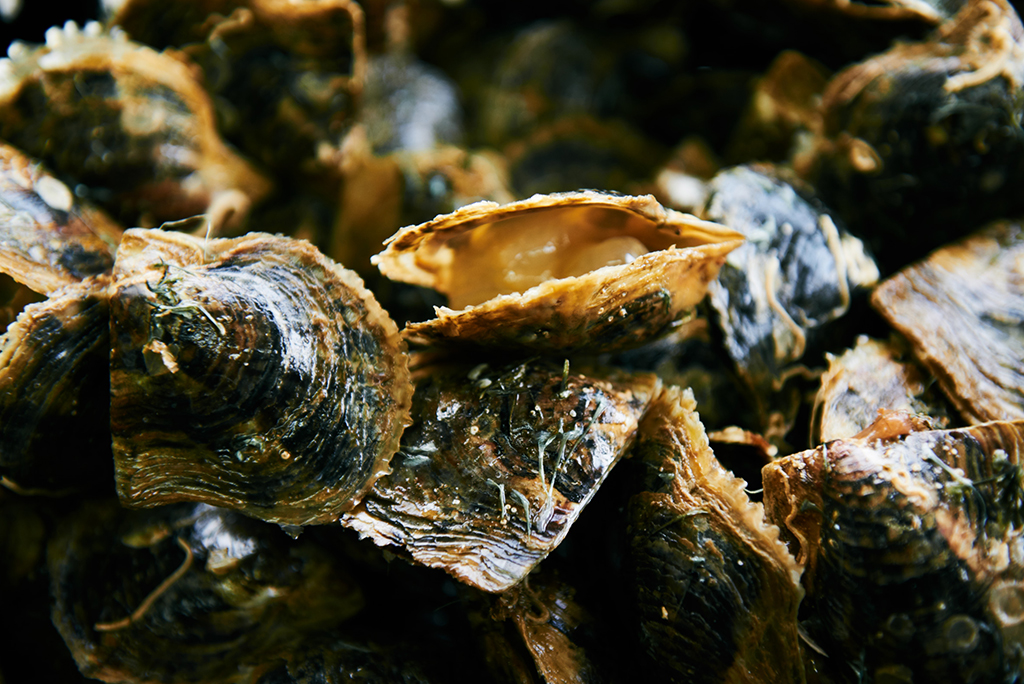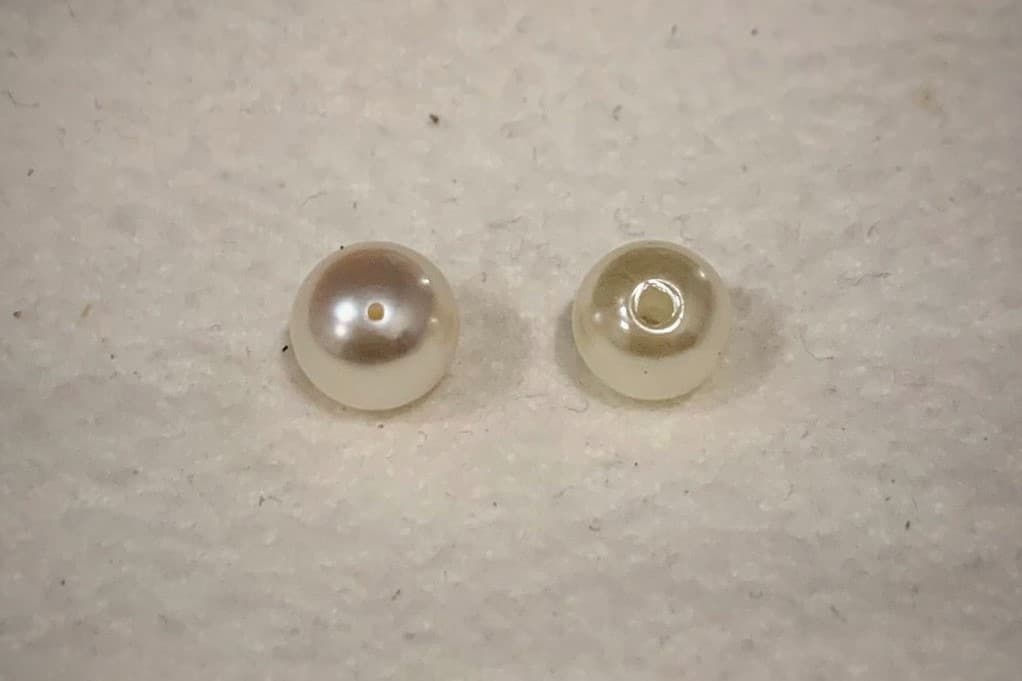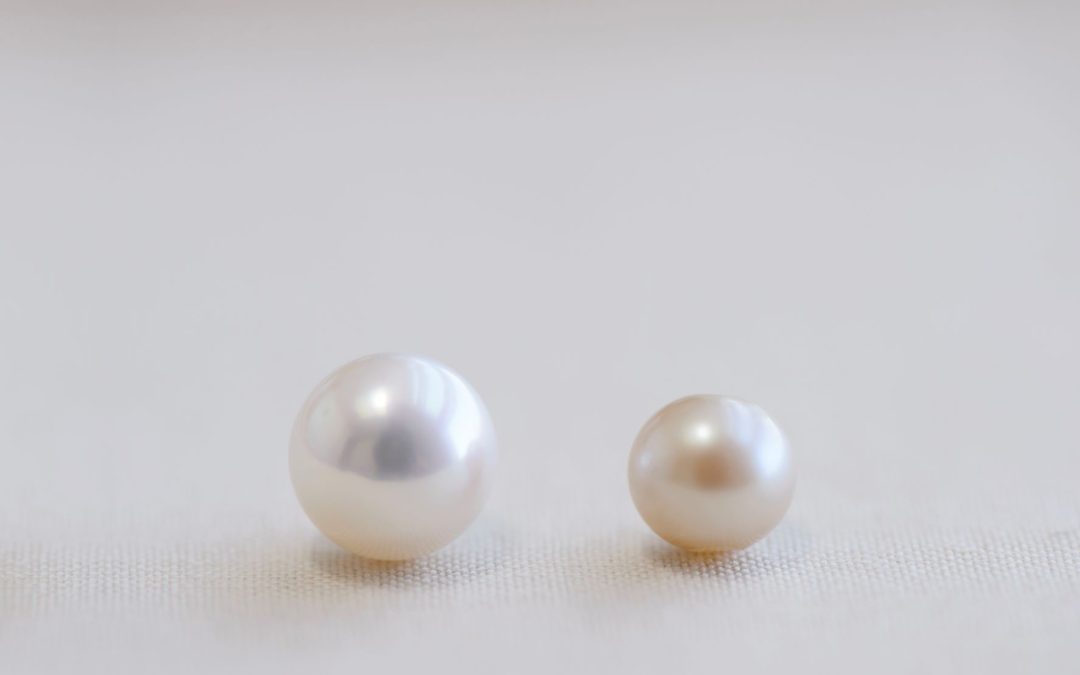How To Tell the Difference Between Imitation vs Genuine Pearls
One of the most frequently asked questions at our Pearl FALCO Singapore Gallery is. “How can I tell if my pearls are real or imitation?”
Comparing genuine pearls and imitation pearls side by side is perhaps the easiest way to see the difference with one’s own eyes.
Imitation pearls are typically made of glass, ceramics, seashell fragments or plastic. In contrast, genuine pearls are born in nature and are composed of so many fine layers of nacre.
One way to feel the difference is by rubbing pearls against each other. Genuine pearls have a slightly rougher surface than imitations, and friction can be felt when rubbing real pearls together. Alternatively, imitation pearls have noticeably smoother surfaces when rubbed together. Real pearls are also relatively heavier in weight. Imitation pearls are lighter in density.
As for color, real pearls have an intrinsic depth and luminosity. Real pearls glow with a uniquely variable luster, shine and color across the pearl’s surface. Imitation pearls have only one uniform body color.
Another way to confirm imitation vs real pearls is by checking the drilled hole of each pearl. Chipped or cracking paint or resin is a sign that your pearls may be imitation. By looking carefully at a drilled hole, check to see if any missing paint or rough edges are visible. If yes, it is most likely imitation.
Genuine Pearls Are Born From Mother Oysters
Pearls, whether farmed or naturally harvested, are nature’s only living gems born of oysters or clams. Pearls are composed of one of the most abundant biominerals found in oysters – nacre. When a shell fragment enters the mother oyster’s shell, the mother oyster begins wrapping the shell fragment in so many fine layers of nacre to form a pearl.
Pearl jewelry has been part of human culture for at least 3500 years. For many of those centuries and in several cultures, pearls were the exclusive domain of royalty. And as with so many commercial endeavors involving highly valued resources, overharvesting almost brought pearl cultivation to the brink of collapse up until the very recent past.
It was in Ise Shima Japan in the late 19th century, when fully sustainable practices to farm cultured pearls were first developed. Ise Shima’s technological innovations were later shared with the world, and those same techniques are now how all cultured pearls we see today are cultivated.
Contact Pearl FALCO Today
We at Pearl FALCO welcome you to reach out to us at your convenience to discuss a new jewelry design project, a pearl jewelry makeover project, or something entirely different, via the WhatsApp Icon at the bottom right of the screen, or via our Pearl FALCO Contact Page. As always, we look forward to hearing from you!



